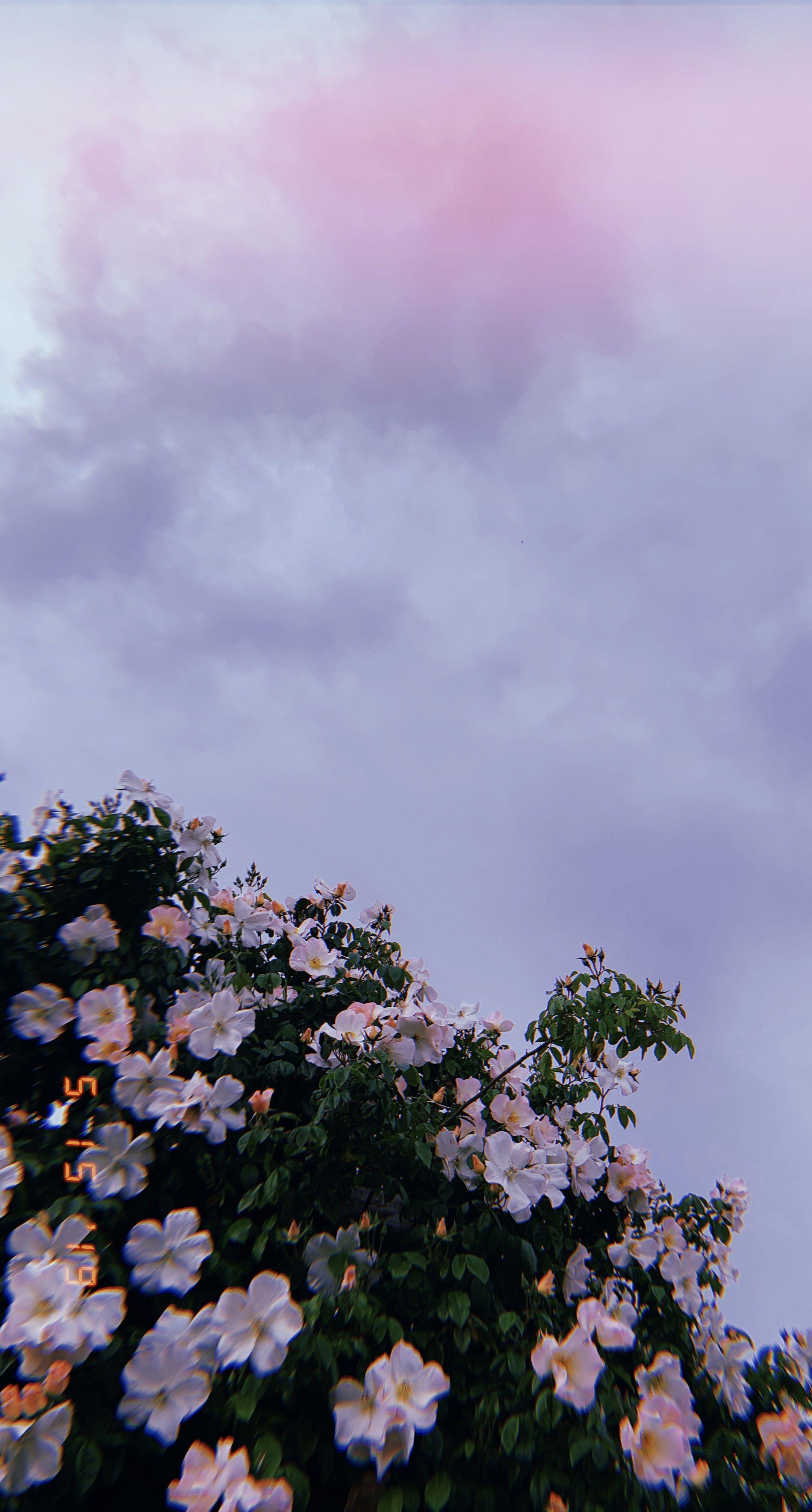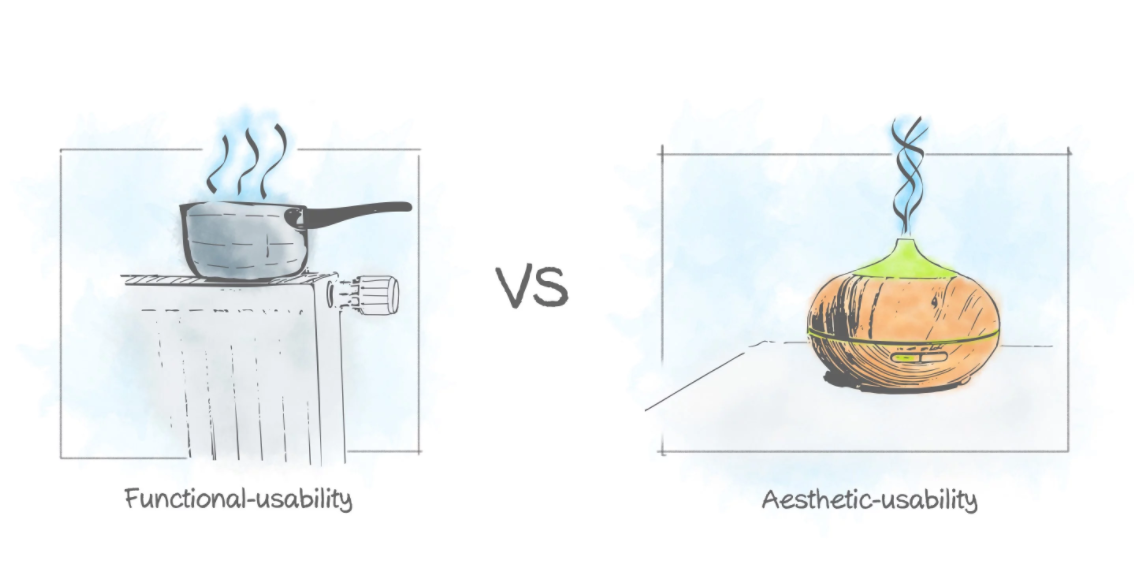Table Of Content

Following design guidelines and principles is essential to creating visually appealing and functional designs. By employing design principles like contrast, alignment, and balance, you can ensure that designs are both aesthetically pleasing and easy to navigate. These principles help to achieve a harmonious composition, making it easier for users to understand and interact with the design. Harmoniously arranging page/screen elements by establishing a strong visual hierarchy helps guide the user’s attention to the features and functions they need. Moreover, keeping aesthetics consistent with users’ expectations enhances the overall user experience. By carefully considering the interplay between aesthetics and functionality, designers can bridge functional gaps and deliver designs that truly resonate with their users.
Step #2: Define your eyebrows
Some people may define it as “oooh, too much shiny stuff”, but when images make you fly, the definition is not that important. The Dark Paradise style can be quite versatile, as it relies on photos that convey tranquility or even stillness. A design with this style would employ images of train tracks, statues, monuments, cliffs or beaches, and if it’s foggy, the better! The tones tend to be dark, hence night scenes are the most common. There are cases where we need to sacrifice aesthetics, due to different limitations depending on the context. We need to make sure the design supports social interaction in the best way possible.
What Makes Something Beautiful and How To Use It in Design
Just remember, the last time you were buying cloths and feeling their texture or when you were checking out the latest mobile phone and feeling the frame material. Sometimes people make there buying decisions only based on the material aesthetics. It is as if the light that reflects from the beautiful design acts as a magnet for our eyes. With the emergence of VR and AR technologies it becomes more important for digital designers to consider the 4D experience too.
Hang Lots of Lights Behind the Bed
However, aesthetic design consists of more elements than just how it looks. Great design makes the function so obvious that you cannot imagine an item made in another form, like a wheel, for example, that for this reason doesn’t need to be reinvented. It’s very functional and has the most universally liked round form, with aesthetics emerging from the functions of the object. In the case of apps and websites, it is applicable as UI/UX design, that it is so clear and user-friendly, that it makes the site or app look nice(r).

With that, plants, rocks, pebbles, and water features are elemental, promoting a sense of relaxation and connection to the outdoor world. It also important to note that walking barefoot is a prominent cultural aspect of Asian households so choose flooring solutions should encourage doing so without slipping. Other design features include the use of sliding doors, low rise platform beds and seating areas, screens, and partitions. Alternatively, the second approach is to prioritize aesthetics, a.k.a. form initially, focusing on visually striking designs that capture user attention.
User Experience and Experience Design
This iterative approach allows designers to explore different design options and make improvements to achieve optimal balance. Leveraging aesthetics to address functional gaps in design is a key aspect of creating a successful user experience. Visual appeal can be both objective and subjective, as some aesthetic choices resonate universally, while others may be flawed in certain contexts. Factors like users’ culture, age, and educational level impact how they perceive design elements. This is where user research becomes vital to tailor the aesthetics effectively. The brand-new Geely design starts with a profound understanding of customer needs.
Beyond Aesthetics: Prioritizing Well-Being in Workplace Design - Commercial Property Executive
Beyond Aesthetics: Prioritizing Well-Being in Workplace Design.
Posted: Fri, 01 Mar 2024 08:00:00 GMT [source]
Form Follows Function: Descriptive vs. Prescriptive Interpretation
This style also emphasizes a connection with nature, so incorporate plants throughout your house. Scandinavian design celebrates light, nature, and functionality. It heavily relies on a white or off-white color palette, emphasizing organic and natural shapes and materials.
Your furniture should support your lifestyle and contribute to the room’s aesthetics, considering movement within the space and focal points. Lighting, including task lighting and natural light, are critical considerations for functionality and creating the desired ambiance within a room. Interior design styles are like different flavor profiles for your home. Understanding them gives you a framework to explore what resonates with you and build a space that reflects your personality.
Mono-material metal furniture
Inspired by nature, organic design trends promote natural forms through the material selection and furnishing, the weaving of interior and exterior spaces, and natural materials such as wood and brick. Other characteristics include minimal ornamentation, light organic forms, muted hues, translucent materials, and open floor plans. It is believed that the industrial style gained popularity in the late 1990's - early 2000s when dense urban areas were facing housing shortages. That, in addition to economical crises, inspired people to convert old factories into loft apartments, keeping the structural elements exposed and making use of its open floor plan and large windows. As evident from the examples above, a thoughtful design must balance both UI and UX to be successful. When there is a perfect mix of aesthetics and functionality, you can create outstanding user experiences that keep users engaged with the products.
Explore the character and uniqueness of each style to find the one that speaks to your aesthetic and lifestyle, providing the clarity you need in just a few short scrolls. La Roche-Posay is the number 1 dermocosmetic brand worldwide, recommended by 90,000 dermatologists. The company partners with dermatologists and experts to design innovative skincare solutions for the most fragile skin.The goal was to redesign the website to make it clean, light, and user-friendly.
Therefore, metallic tones predominate, as well as elements such as clocks, gears, gauges, and so on. This slide reflects those light tones, along with some images of a book and an emblematic building. Turn the knob, open and let the magic of graphic design into your room. We always strive to be in constant evolution, as trends in the world of graphic design can change from one moment to another and what was relevant yesterday may no longer be relevant today.
If you are looking to get started on your designs, the CorelDRAW Graphics Suite is the ideal design software for you. At CorelDRAW, we make the tools, processes, and spaces that drive people and teams to improve their designs constantly. But when aesthetics are in the senses of our users, how do we know what to design? The answer can be given by the people we’re designing the product/experience for.
However, it is essential to remember that this attention is short-lived, as users ultimately value the usability of the product. Aesthetics lie at the core of design, defining its visual appeal to the users. It encompasses factors like balance, color, pattern, shape, and visual weight.
Understanding a style's focus can help you choose pieces that suit your lifestyle. Contrast is a critical aesthetic design element that allows you to draw out the essential elements of a design and add emphasis. Contrast occurs when two design elements are in opposition, for example, putting together black and white, thick and thin, modern and traditional.
Today’s article is about understanding what is aesthetic design and its importance for the perception of usability. Humans like pretty and shiny design; they desire it much more than functional one. Assessing user scenarios and finding solutions to users’ problems is key to creating a design that works. Before diving into sketching or prototyping, it is essential to clearly understand the users and their problems. This understanding allows you to focus on the core functions and features your design should provide to meet the preferences and expectations of your target audience.
In Design Aesthetics, Mads Nygaard Folkmann provides an engaging introduction to the field of design aesthetics and its role as a concept. Engaging with sensual, conceptual, and contextual considerations of design aesthetics, this book investigates design experience in tandem with design practice, objects, and perception. Maximalism gained popularity thanks to the audacious mix of patterns, a kaleidoscope of color, and a daring blend of textures. It's about finding harmony in diversity, where vintage heirlooms coexist with contemporary art and global influences converge in a single room. Scandinavian design movement emerged in the mid-20th century in the Nordic countries of Denmark, Norway, Sweden, Finland, and Iceland. It is characterized by simplicity, minimalism, functionality and clean lines.

No comments:
Post a Comment